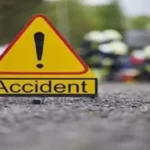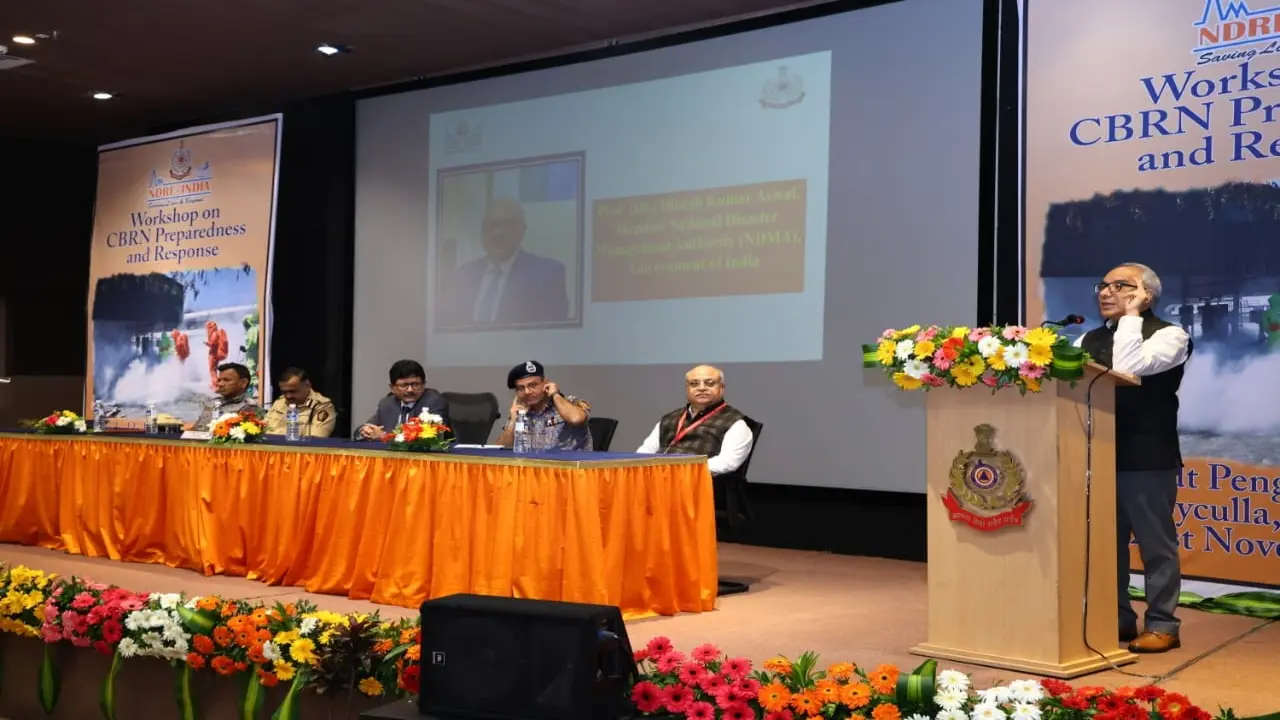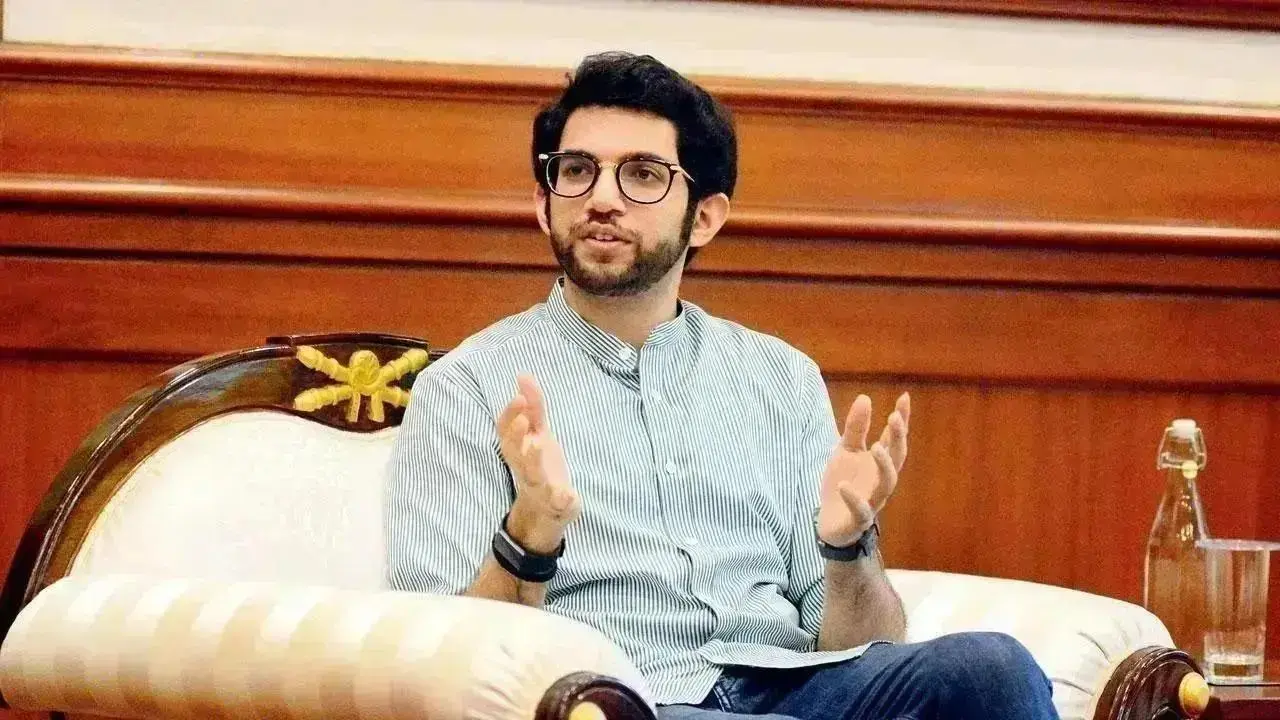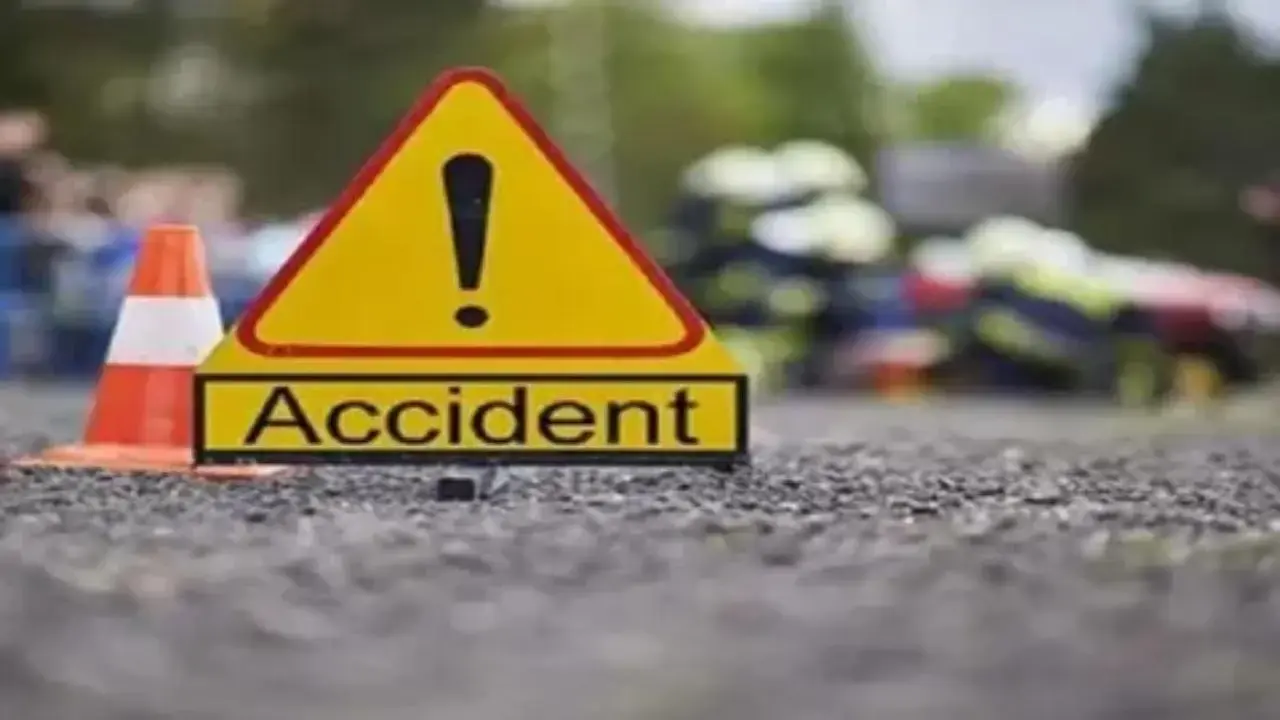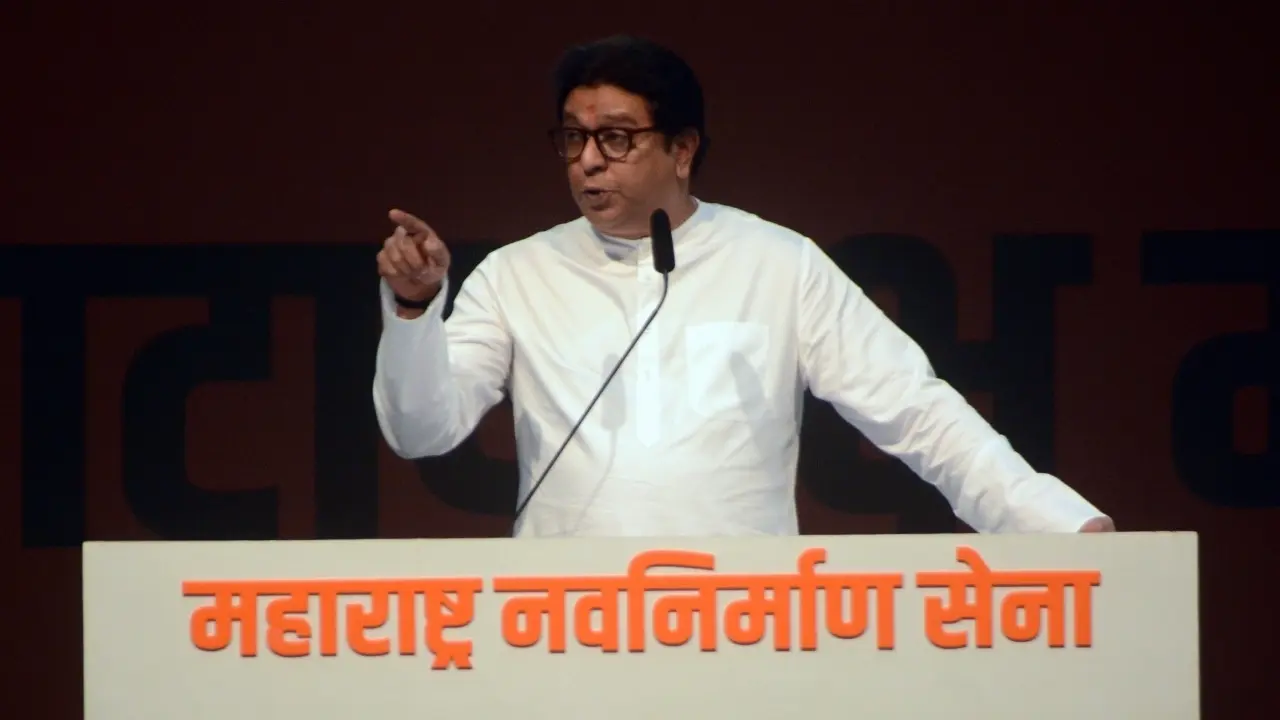The 5th Battalion of the National Disaster Response Force (NDRF) on Friday conducted Maharashtra’s first-ever workshop on ‘CBRN Preparedness and Response’ at the 3D Auditorium in the Humboldt Penguin Section of the Veermata Jijabai Bhosale Botanical Garden and Zoo in Byculla, Mumbai. The event was organised under the guidance of NDRF Director General Piyush Anand.
Prof (Dr) Dinesh Kumar Aswal, Member of the National Disaster Management Authority (NDMA), attended the programme as the chief guest and addressed participants with key insights on strengthening readiness for chemical, biological, radiological and nuclear (CBRN) emergencies.
Officials and experts from National Disaster Management Authority (NDMA), State Disaster Management Authority (SDMA), State Disaster Response Force (SDRF), police, Central Pollution Control Board (CPCB), Maharashtra Pollution Control Board (MPCB), Mumbai and Pimpri Chinchwad civic bodies, State Reserve Police Force (SRPF), National Environmental Engineering Research Institute (NEERI), National Institute of Virology (NIV), Directorate of Industrial Safety and Health (DISH), fire services, civil defence, and other emergency response agencies took part in the workshop, creating a collaborative platform for enhanced inter-agency coordination. District disaster management officers (DDMOs) from across Maharashtra and NDRF personnel also participated in it.
According to NDRF officials, the workshop aimed to deepen understanding of CBRN hazards, improve coordinated response strategies and enhance technical capabilities across departments. Participants were briefed on early-stage response, safety measures, detection equipment and joint operational procedures during CBRN incidents.
In the first session, experts spoke on CBRN risk mapping, vulnerability assessment, HAZAN, HAZOP and HIRA-based hazard identification techniques, along with policy and institutional frameworks for managing chemical disasters. Discussions also covered inter-agency coordination mechanisms, environmental regulations for MAH units and processes under the state disaster management structure.
The second session focused on responding to radiological and nuclear emergencies, strengthening stakeholder capabilities, and integrating technology and innovation into CBRN response. NDRF teams also explained key components of CBRN response systems, standard operating procedures and field strategies for real-life emergencies.
Officials said the workshop served as an important step in strengthening Maharashtra’s preparedness for complex emergencies and improving synergy among multiple response agencies.


